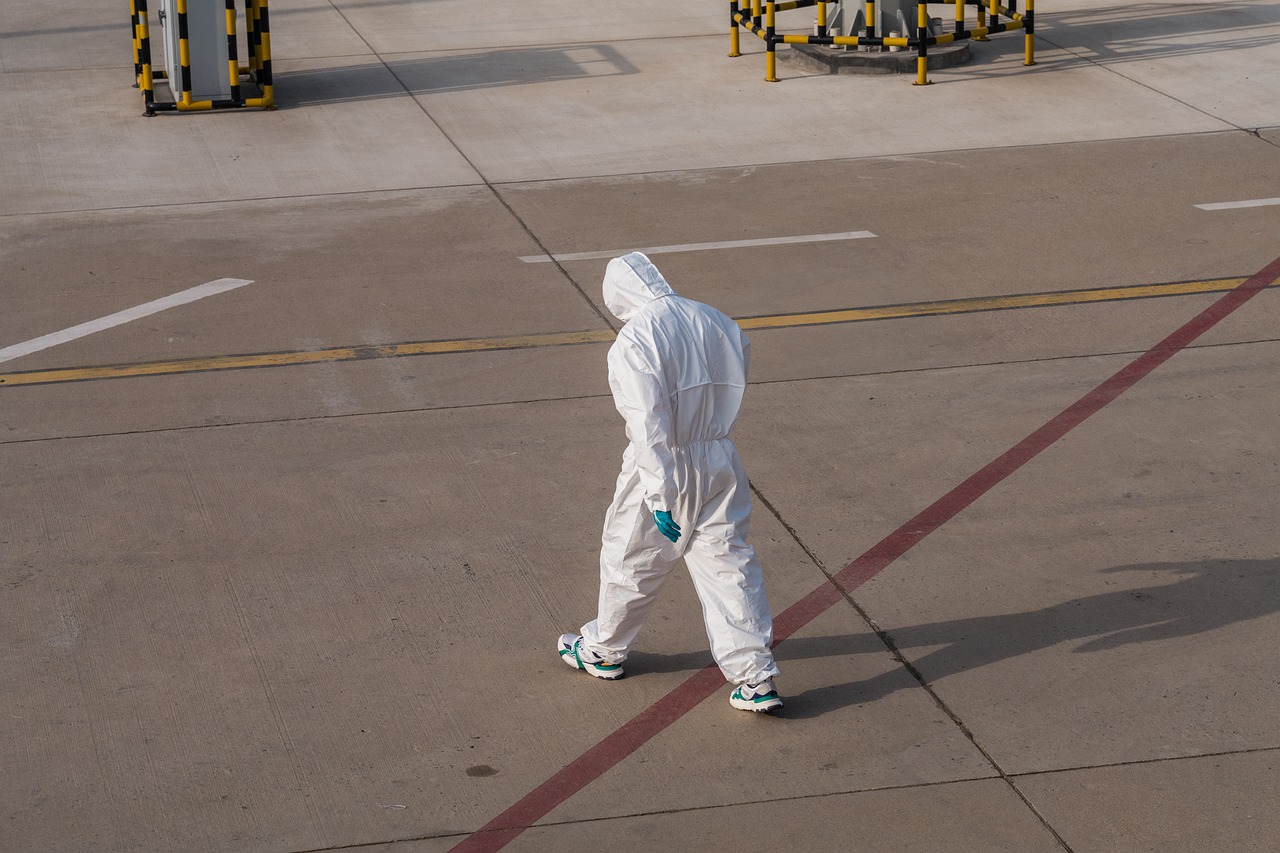Workplace Incident Prevention and Root Cause Analysis
Implement proactive incident prevention strategies and systematic root cause analysis methodologies that address underlying issues rather than symptoms.

Every workplace incident—whether resulting in injury, property damage, or near-miss—represents a failure of safety systems and an opportunity for organizational learning. Organizations approaching incidents as learning opportunities rather than occasions for blame achieve 60-75% better safety performance than those focused on individual responsibility and punishment. The difference lies in systematic root cause analysis that addresses underlying system failures rather than superficial contributing factors.
Effective incident prevention combines proactive hazard identification and elimination with reactive investigation and correction when incidents occur. This dual approach creates comprehensive safety systems that both prevent incidents and continuously improve through systematic learning from failures and near-misses.
The Incident Prevention Hierarchy
Not all prevention strategies deliver equal effectiveness. The hierarchy of controls provides a framework for prioritizing prevention efforts from most to least effective approaches.
Hierarchy of Controls
- •Elimination: Complete removal of the hazard—most effective but not always feasible. Example: Redesigning workflows to eliminate backing maneuvers in congested areas
- •Substitution: Replacing hazardous process with safer alternative. Example: Switching to electric forklifts eliminating propane handling and exhaust concerns
- •Engineering Controls: Physical changes that reduce exposure without relying on human behavior. Example: Installing proximity sensors that automatically slow equipment near pedestrians
- •Administrative Controls: Policies and procedures that reduce exposure through behavioral expectations. Example: Restricting forklift operation to certified operators
- •Personal Protective Equipment: Last line of defense protecting individuals from remaining hazards. Example: High-visibility vests, safety shoes, and seat belts
Control Effectiveness: PPE and administrative controls are least effective because they depend on consistent human compliance. Engineering controls and elimination provide passive protection that doesn't require perfect behavior. Prioritize higher-level controls whenever feasible.
Proactive Hazard Identification Methods
Waiting for incidents to reveal hazards is reactive safety. Proactive organizations systematically identify and address hazards before they cause harm through multiple complementary identification methods.
Hazard Identification Techniques
- •Job Hazard Analysis: Systematic breakdown of job tasks identifying hazards and controls for each step
- •Safety Walkthroughs: Regular management observations of work areas identifying physical hazards and unsafe conditions
- •Near-Miss Reporting: Capturing and analyzing close-calls that didn't result in injury but revealed hazard exposure
- •Inspection Trend Analysis: Reviewing patterns in equipment inspection deficiencies revealing systemic issues
- •Employee Input: Formal mechanisms for workers to report concerns and suggest improvements
- •Incident Pattern Analysis: Looking across multiple incidents for common factors suggesting underlying hazards
- •External Benchmarking: Learning from incidents and hazards identified by other organizations in similar operations
Root Cause Analysis Methodologies
Surface-level incident analysis stops at immediate causes—"operator error," "equipment failure," "didn't follow procedure"—missing underlying system failures that allowed the incident to occur. Root cause analysis digs deeper to identify and address fundamental causes.
Five Whys Technique
Asking "why" repeatedly reveals progressively deeper causal layers:
- •Why did the incident occur? "Operator backed into rack column"
- •Why did operator back into column? "Didn't see it in mirrors"
- •Why didn't operator see it? "Mirrors were misaligned"
- •Why were mirrors misaligned? "No process for regular mirror adjustment checks"
- •Why no process for mirror checks? "Equipment inspection checklist doesn't include mirror alignment verification"—ROOT CAUSE identified
Fishbone Diagram Analysis
Fishbone (Ishikawa) diagrams systematically explore potential contributing factors across categories:
- •People Factors: Training, experience, fatigue, distractions, communication
- •Process Factors: Procedures, work instructions, supervision, production pressure
- •Equipment Factors: Design, maintenance, condition, suitability for application
- •Environment Factors: Lighting, noise, temperature, space constraints, traffic patterns
- •Materials Factors: Load characteristics, packaging, labeling, stability
Investigation Best Practice: Effective root cause analysis typically identifies multiple contributing factors rather than a single cause. Addressing several contributing factors provides more robust prevention than fixing a single issue.
Developing Effective Corrective Actions
Root cause identification without effective corrective actions wastes investigation effort. Corrective actions must address identified root causes, be feasible to implement, and include verification that they actually prevent recurrence.
Corrective Action Criteria
- •Addresses Root Causes: Actions target fundamental issues, not just symptoms
- •Specific and Measurable: Clear description of what will be done, by whom, and by when
- •Feasible and Practical: Realistic given organizational resources and constraints
- •Sustainable: Changes that become part of normal operations, not temporary fixes
- •Verifiable: Ability to confirm implementation and effectiveness
- •Prioritized: Most critical actions implemented first when multiple improvements needed
Common Corrective Action Pitfalls
- •Retraining Only: Training addresses knowledge gaps but not system deficiencies—rarely sufficient alone
- •Discipline Focus: Punishing individuals without fixing system issues that enabled the incident
- •Warning Signs: Adding signs or warnings without addressing underlying hazards—ineffective over time
- •Procedure Writing: Creating new procedures without verification they will actually be followed
- •Technology Silver Bullets: Expecting technology solutions without addressing behavioral or process factors
Near-Miss Reporting and Analysis
Near-misses—incidents that could have but didn't result in injury or damage—occur far more frequently than actual incidents. Systematic capture and analysis of near-misses provides early warning of hazards before they cause harm.
Building Effective Near-Miss Programs
- •Easy Reporting: Simple, accessible reporting methods requiring minimal time or effort
- •Non-Punitive Approach: No negative consequences for reporters except in cases of willful safety violations
- •Timely Analysis: Rapid review and response demonstrating that reports are valued
- •Visible Action: Communication of actions taken in response to near-miss reports
- •Recognition: Positive reinforcement for employees who report near-misses
- •Trending and Pattern Recognition: Regular analysis identifying systemic issues versus isolated occurrences
Leading Indicator: Near-miss reporting rates serve as a leading safety indicator. High rates indicate psychological safety and proactive hazard identification, while low rates often signal underreporting rather than exceptional safety performance.
Creating Learning Organizations
Organizations that excel at incident prevention build systematic learning capabilities that continuously improve safety performance through structured knowledge capture and dissemination.
Organizational Learning Practices
- •Incident Knowledge Base: Centralized repository of incident investigations, root causes, and corrective actions accessible for reference
- •Lessons Learned Distribution: Sharing incident learnings across organization and industry preventing similar incidents elsewhere
- •Periodic Review: Regular analysis of incident trends identifying emerging patterns requiring proactive intervention
- •Pre-Job Briefings: Incorporating relevant incident learnings into pre-job planning and hazard discussions
- •Training Integration: Including real incident case studies in training programs illustrating hazards and consequences
- •External Learning: Monitoring industry incidents and best practices for application to own operations
Organizations that master incident prevention create virtuous cycles where systematic learning from each incident, near-miss, and hazard identification continuously improves safety systems. This proactive approach delivers progressively better safety performance while building organizational capabilities that extend beyond safety to overall operational excellence.
Related Resources

Predictive Maintenance Strategies for Equipment Lifecycle Optimization
Reduce downtime and extend equipment life with data-driven predictive maintenance approaches that transform traditional reactive repair into proactive asset management.

Digital Transformation Guide: From Paper to Digital Inspections
Step-by-step playbook for transitioning from paper-based inspections to digital systems that improve compliance, reduce costs, and enhance operational efficiency.

Building a Proactive Safety Culture in Industrial Operations
Transform your organization from reactive compliance to proactive safety excellence through cultural change, leadership commitment, and employee engagement strategies.
Ready to Transform Your Inspections?
Start your free 14-day trial and see how ForkliftTracker streamlines OSHA compliance.